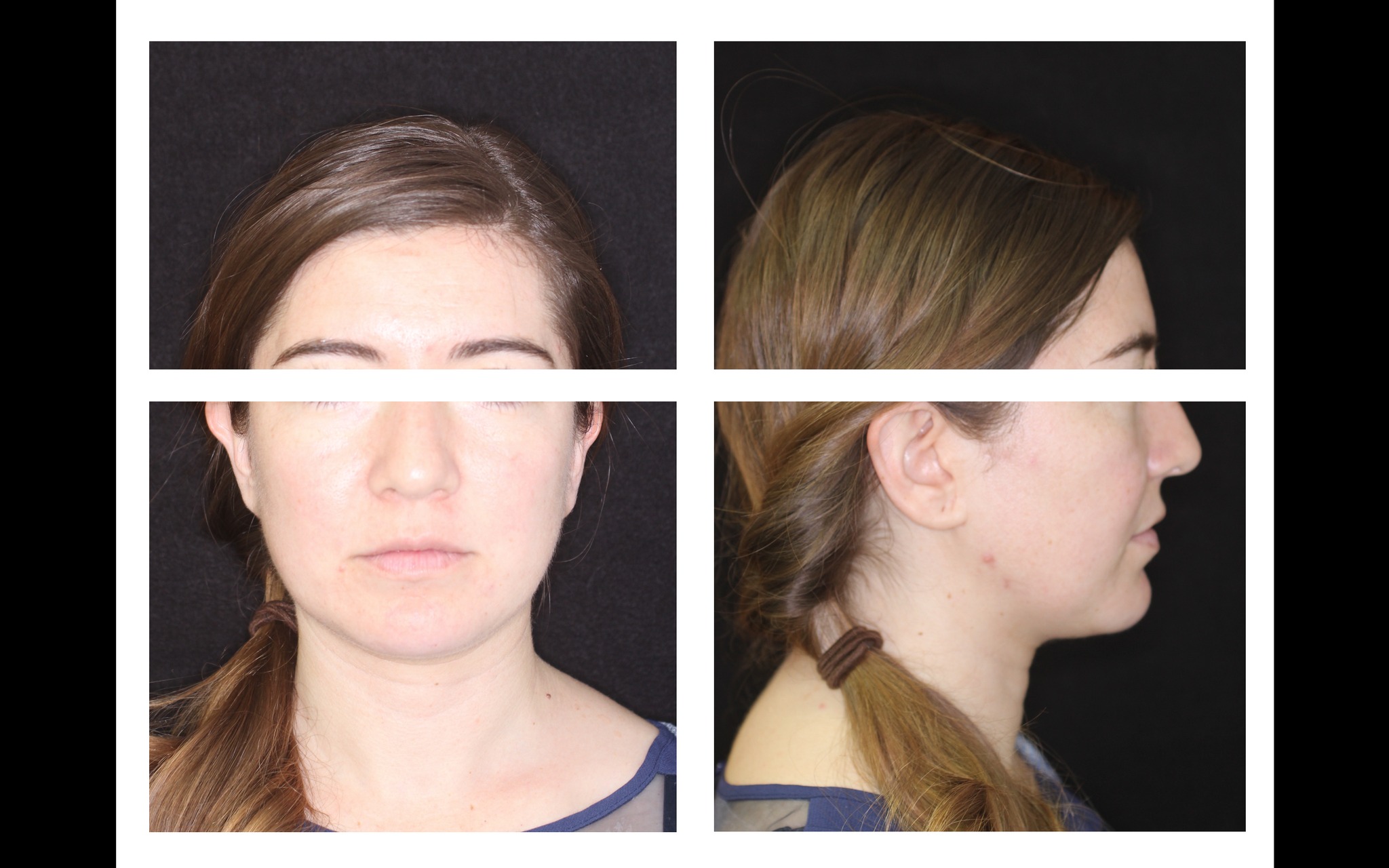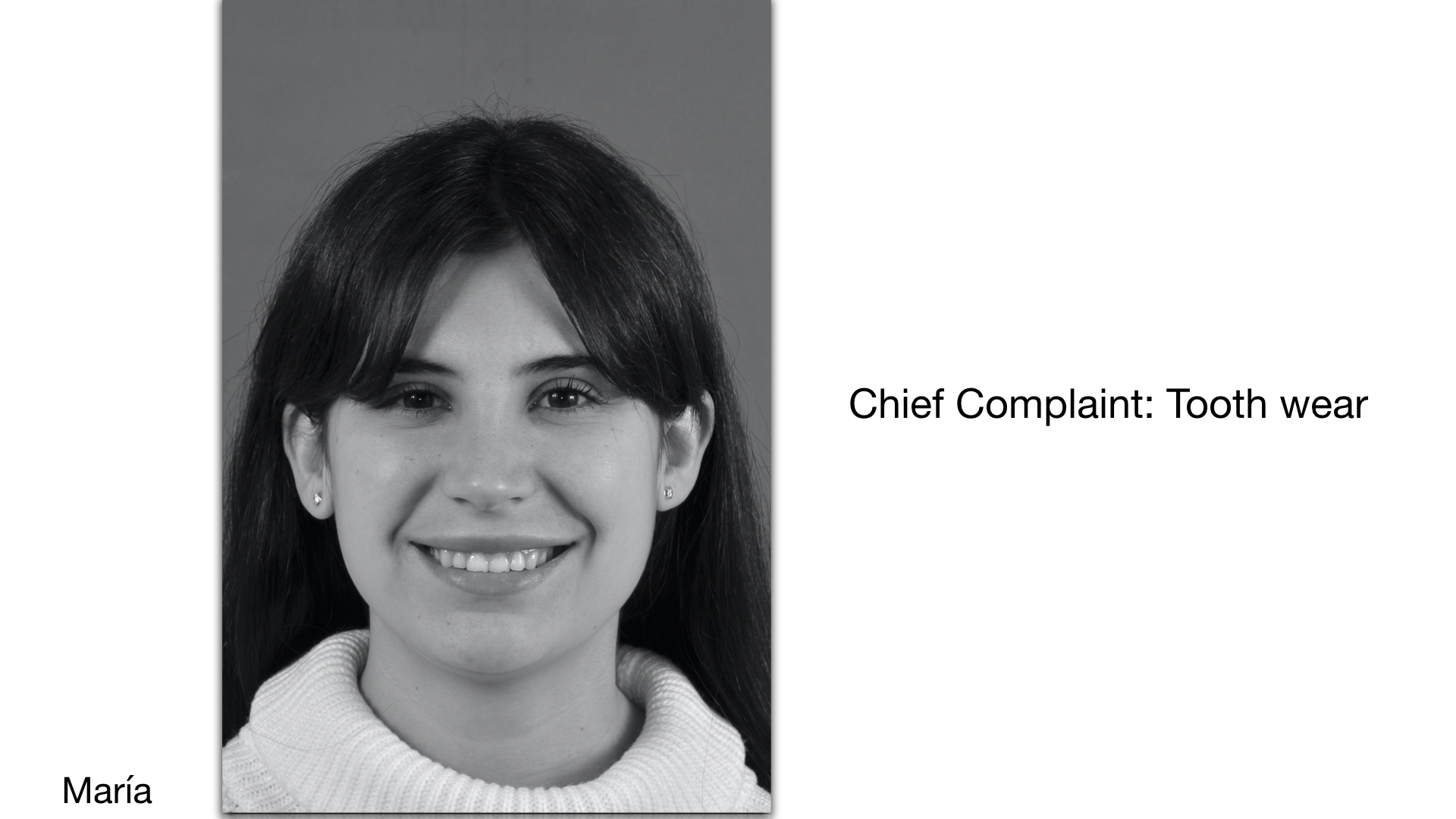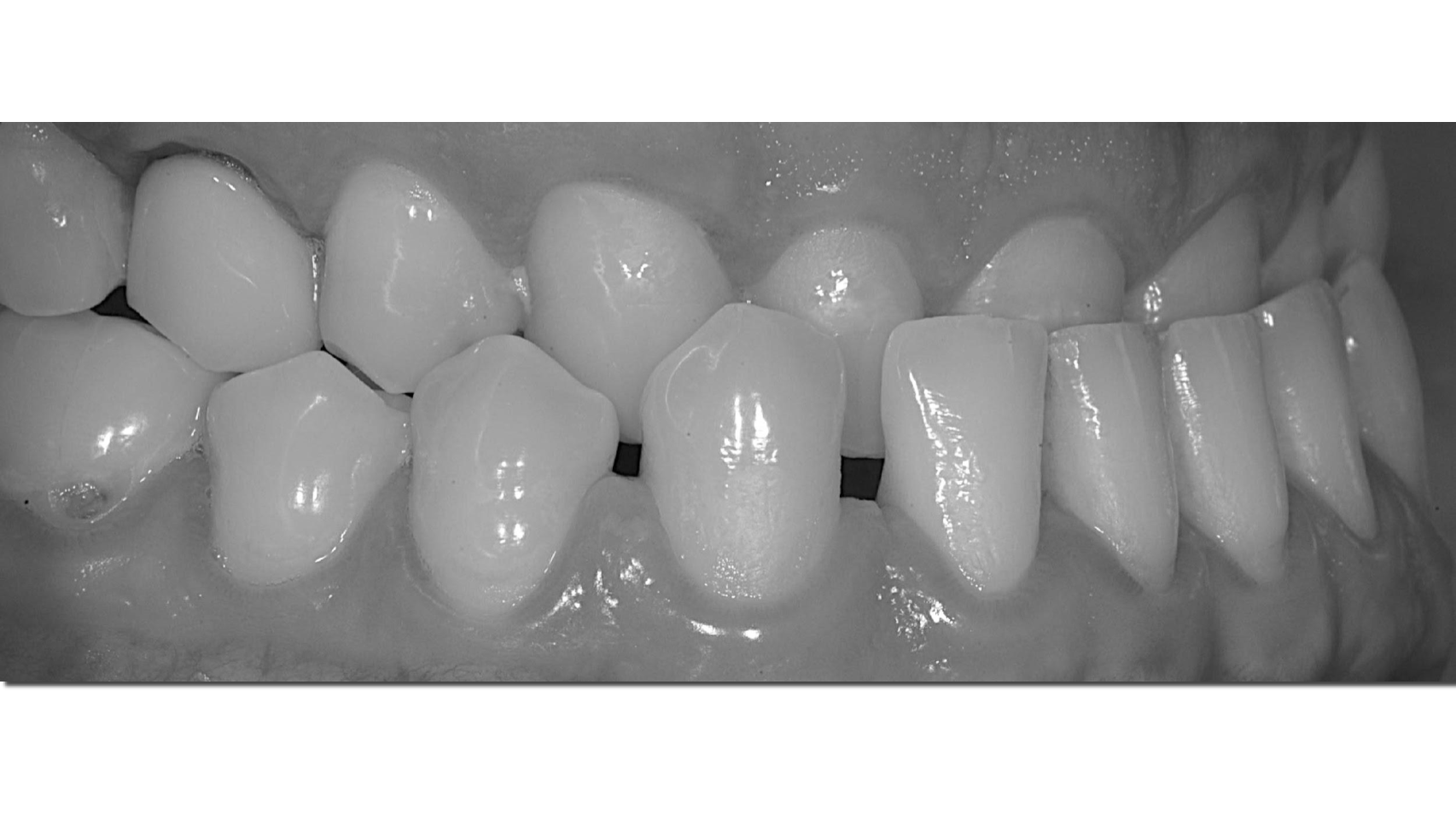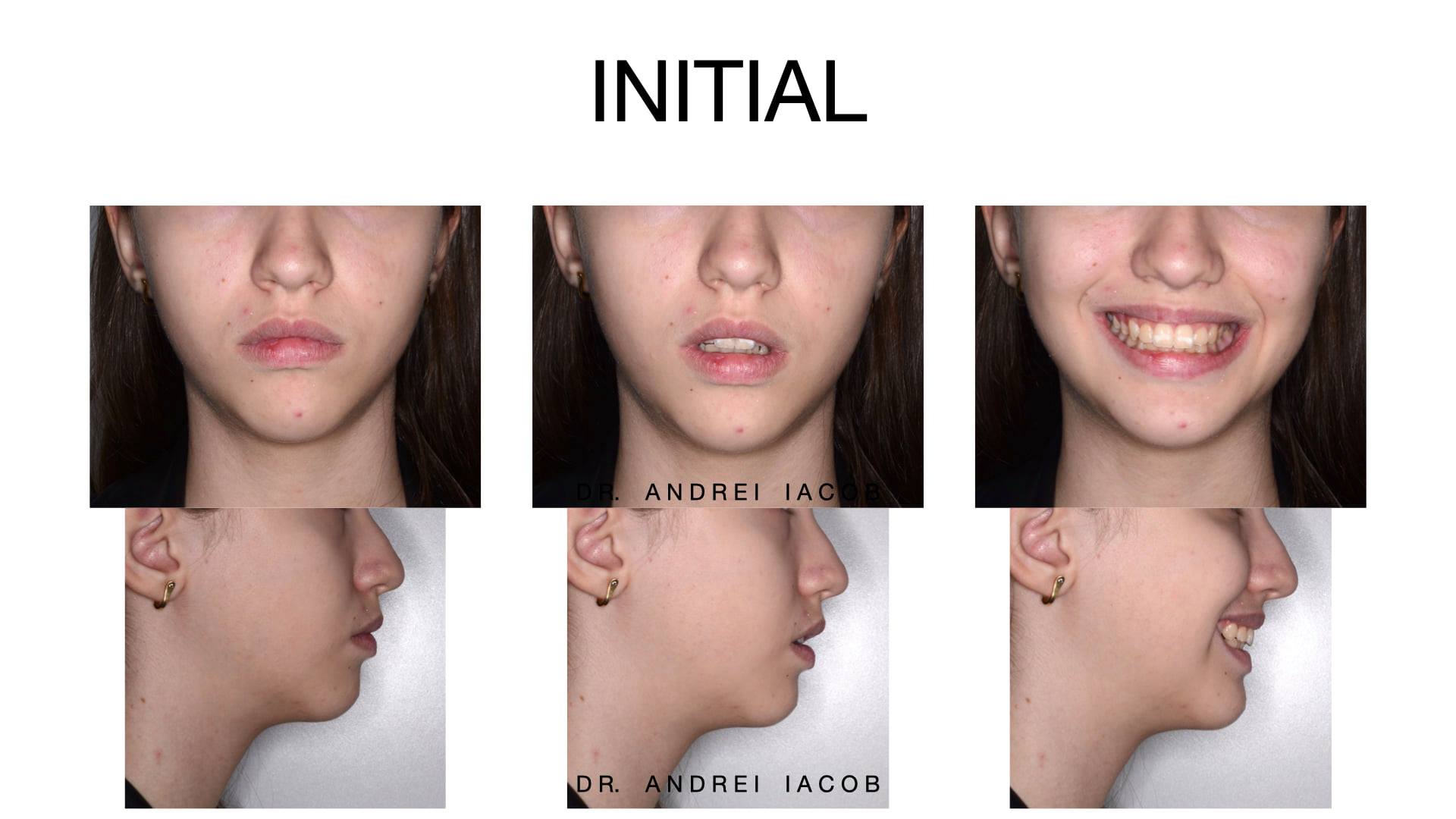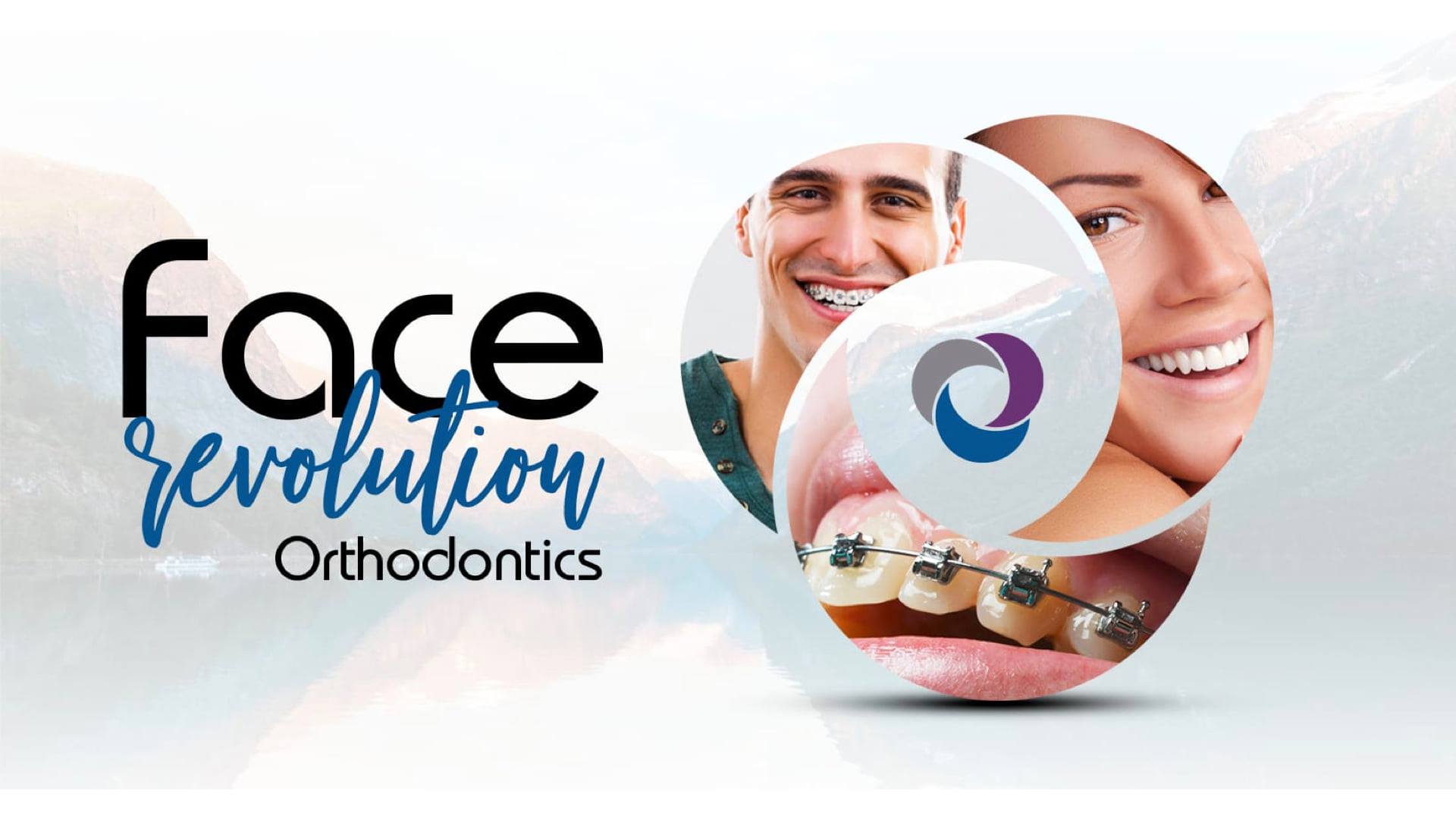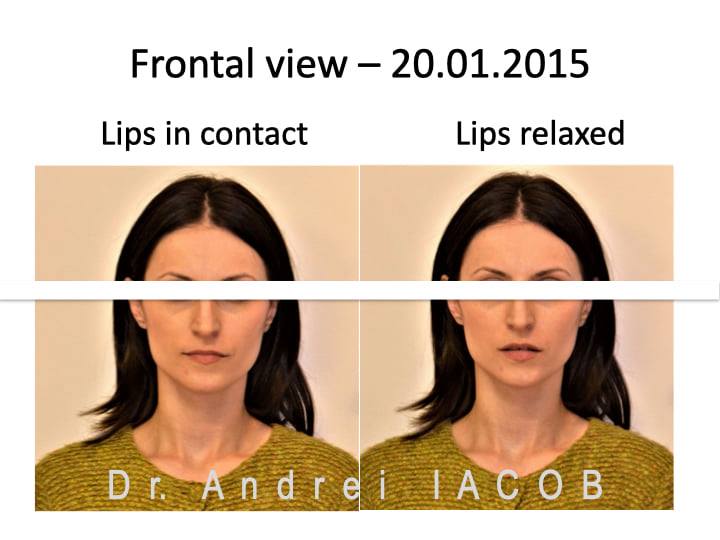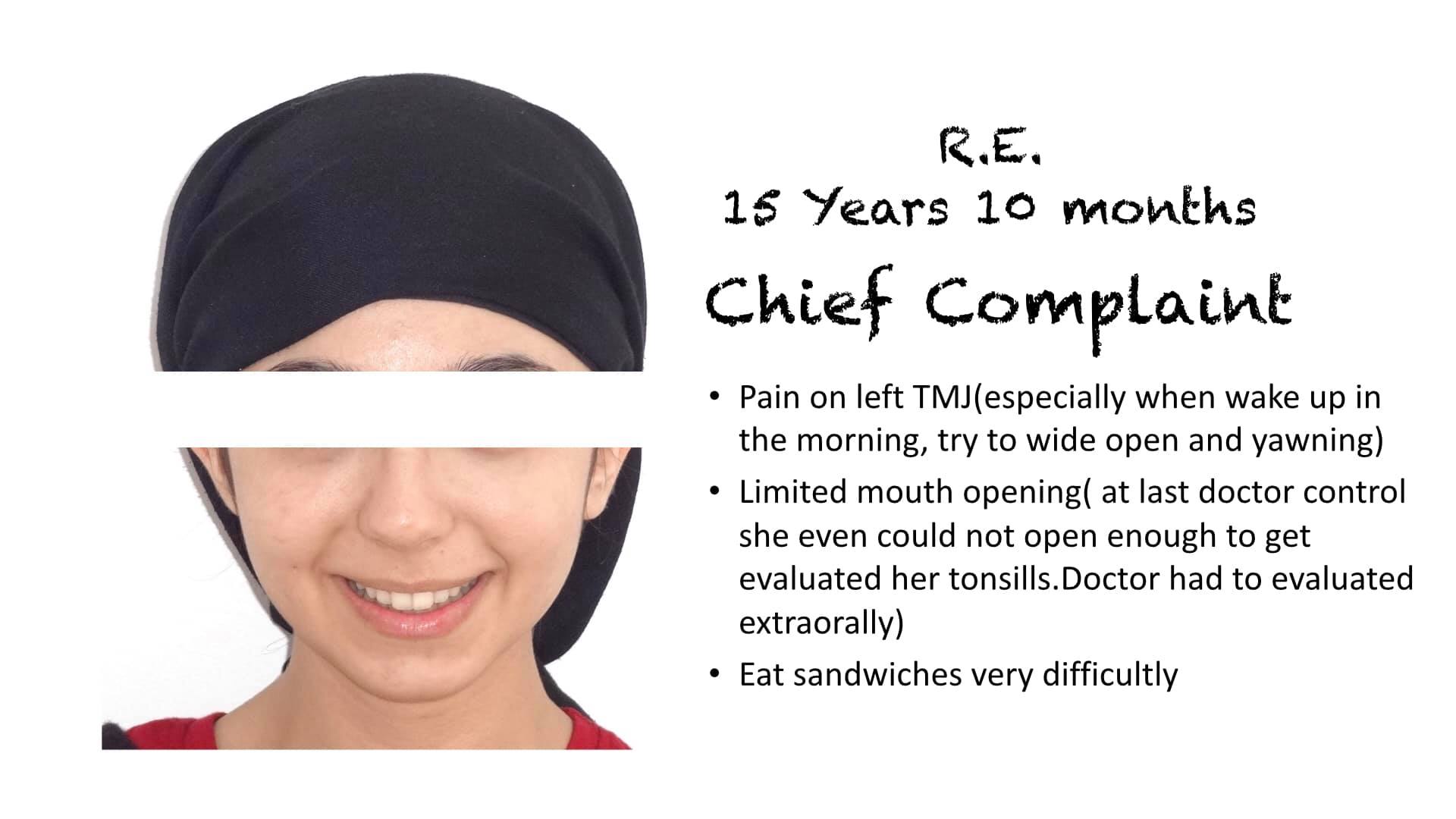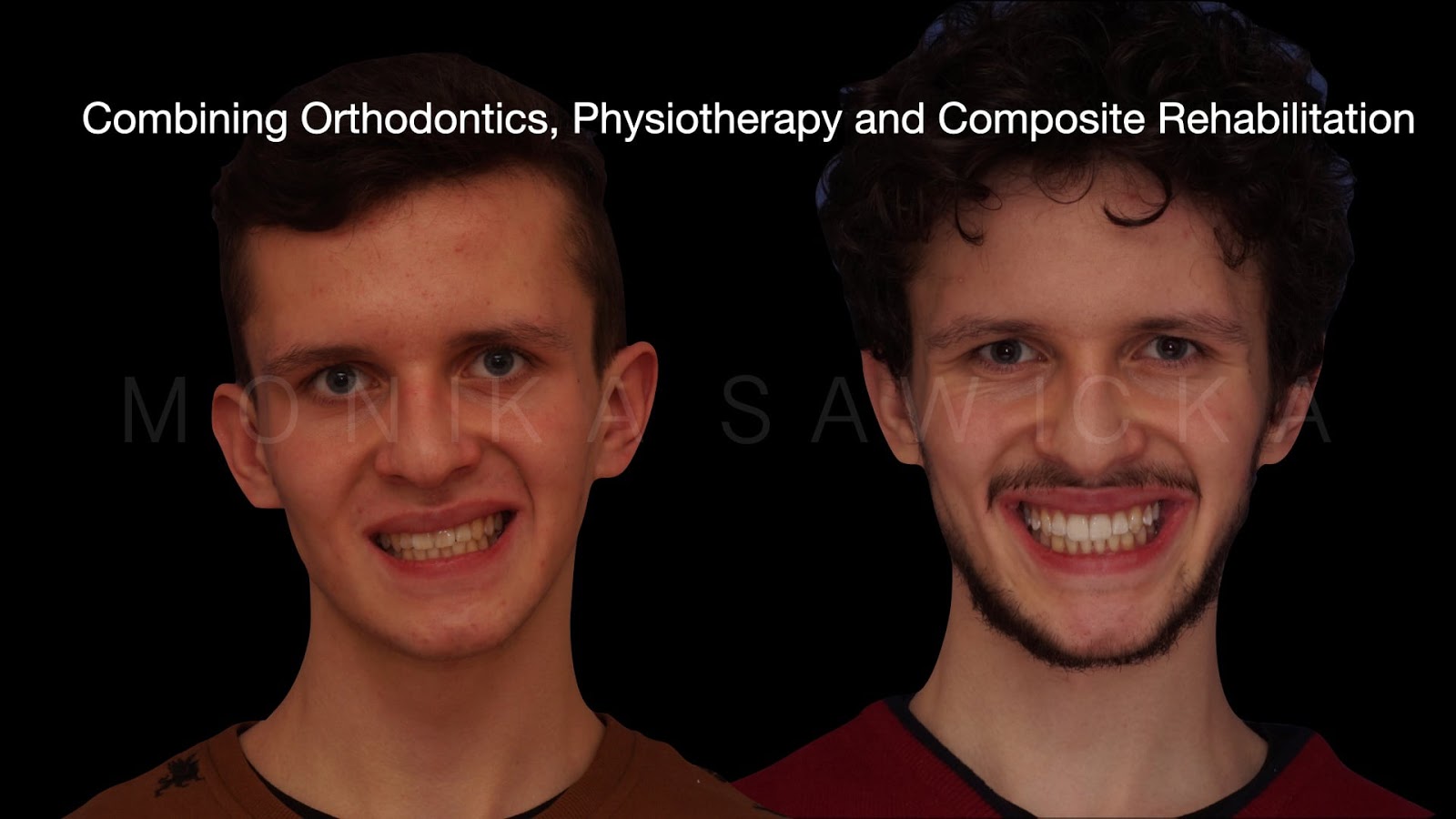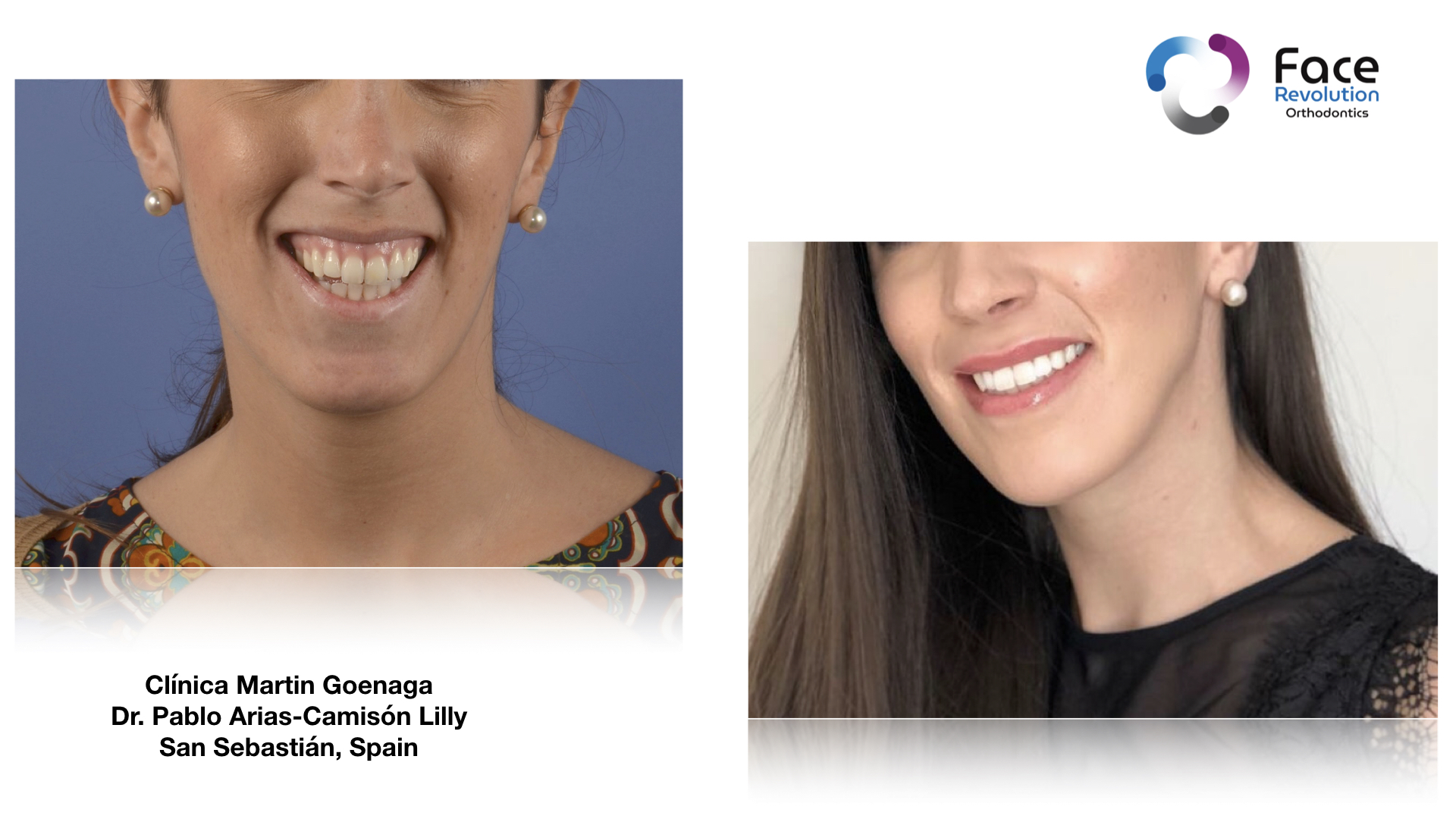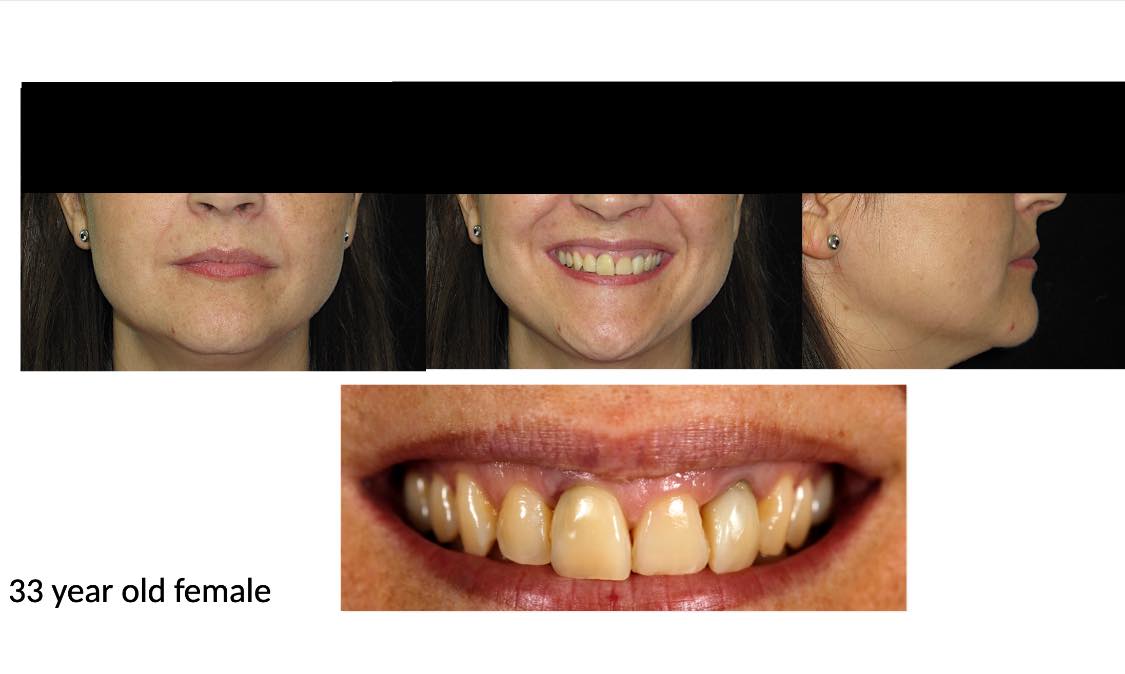Hello everyone! It’s a privilege for me to present the First promotional case of the Madrid FACE Meeting on March 22. A class II patient previously treated with two prems extractions.
Diagnosis, active self-ligated braces and two little Buccal Shelf mini screws were the key for treatment success. A brief non traditional mechanics where now with skeletal anchorage´s help we can achieve distalization and vertical control at the same time.
Hope u enjoy it!!!! Looking forward to seeing you in Madrid on March 22


